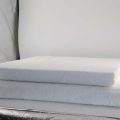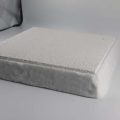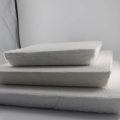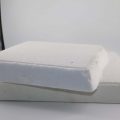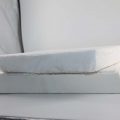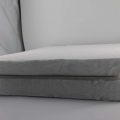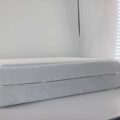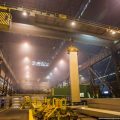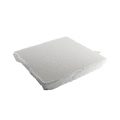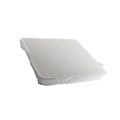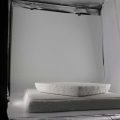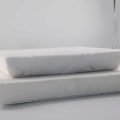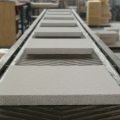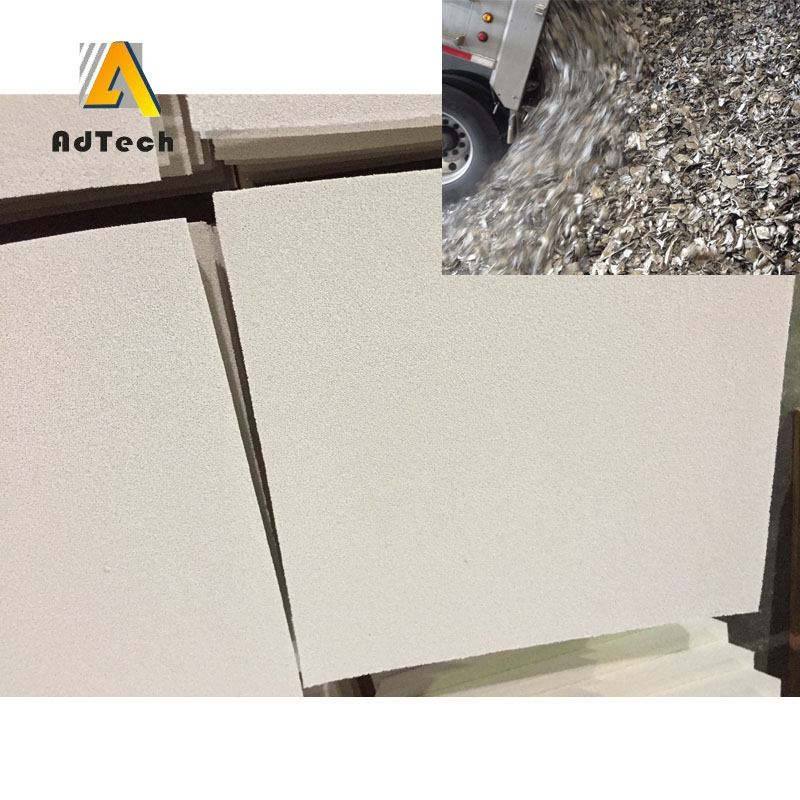5052 Aluminum Foam Furnace Filter is an economical and convenient method to remove aluminum water inclusions. The main component is alumina, which is widely used to filter aluminum water.
The alumina ceramic foam filter plate is specially developed for purifying molten aluminum. Molten aluminum flows through the three-dimensional foam structure with tortuous and porous. Tiny impurities are trapped, adsorbed, deposited and adhered to the pore walls. The micron-level impurities in the molten aluminum are effectively filtered out to form internal defects in the aluminum alloy.
Advantages of alumina ceramic foam filter plate
1. High strength, not easy to drop slag.
2. High open porosity and uniform pore structure.
3. The pore size is the same, and the molten aluminum flows stably when passing through.
4. The complete filter plate ranges from 7 inches to 26 inches, and the mesh size ranges from 20 PPI to 80 PPI.
5. Heating, easy to operate, replace immediately after use, without damaging the inner lining of the filter box.
6. Fireproof cotton and expanded cotton edge can be provided.
Put the 5052 Aluminum Foam Furnace Filter into the filter box. Before casting, the ceramic filter plate and filter box should be preheated at about 600°C. Because the ceramic filter plate is hard and brittle, and the thermal conductivity is not good, the initial heating should be slow, first preheat to 200 ℃, and then increase the heating speed, otherwise the ceramic filter plate is easy to chip or break.
Since Dubai Aluminum used our company’s alumina foam ceramic filter plate to filter molten aluminum, duralumin slag and other impurities, the ingot has been greatly reduced, the continuity of the metal has been improved, the mechanical properties have been improved, and the yield of extruded profiles has been steadily Improved, and the service life of the mold has also been greatly enhanced, reducing scratches, and bringing them better economic benefits.
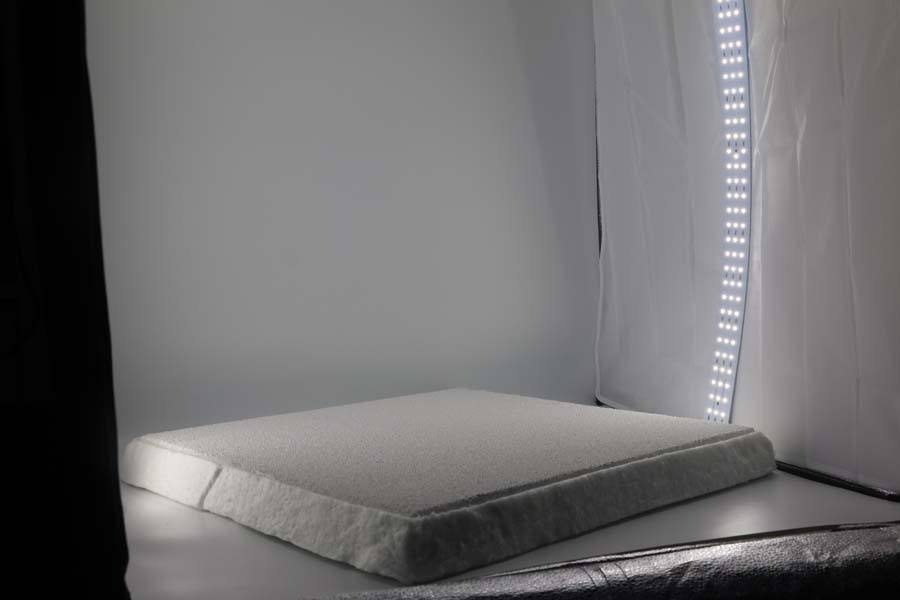
Performance of ceramic foam
1. High porosity
The porosity of foam ceramics is the highest among porous ceramics, 1.5 times that of honeycomb ceramics. It is precisely because of the high porosity of ceramic foam that its pore size can be effectively controlled. Because in the process of molten metal filtration, different metal solutions have different requirements for the pore size of the filter plate, and the characteristics of foam ceramics can well meet specific needs.
2. High strength
The strength of foam ceramics depends on the thickness of its material and the thickness of the network skeleton. The thickness of the skeleton can be expressed by the bulk density of the ceramic foam. If the skeleton is made thicker, the bulk density can be increased and the mechanical strength of the product can be increased. However, if it increases too much, the pores of the pores will be blocked by the slurry and the pressure loss will increase. At the same time, due to the three-dimensional structure of foam ceramics, its strength will not change in direction during stress.
3. Good thermal stability
When metal is melted and filtered, due to the rapid temperature change of the working environment, the filter material has higher requirements for thermal stability. Foam ceramic fittings can well meet this point, so foam ceramic filter plates are commonly used in metal fusion filtration.

